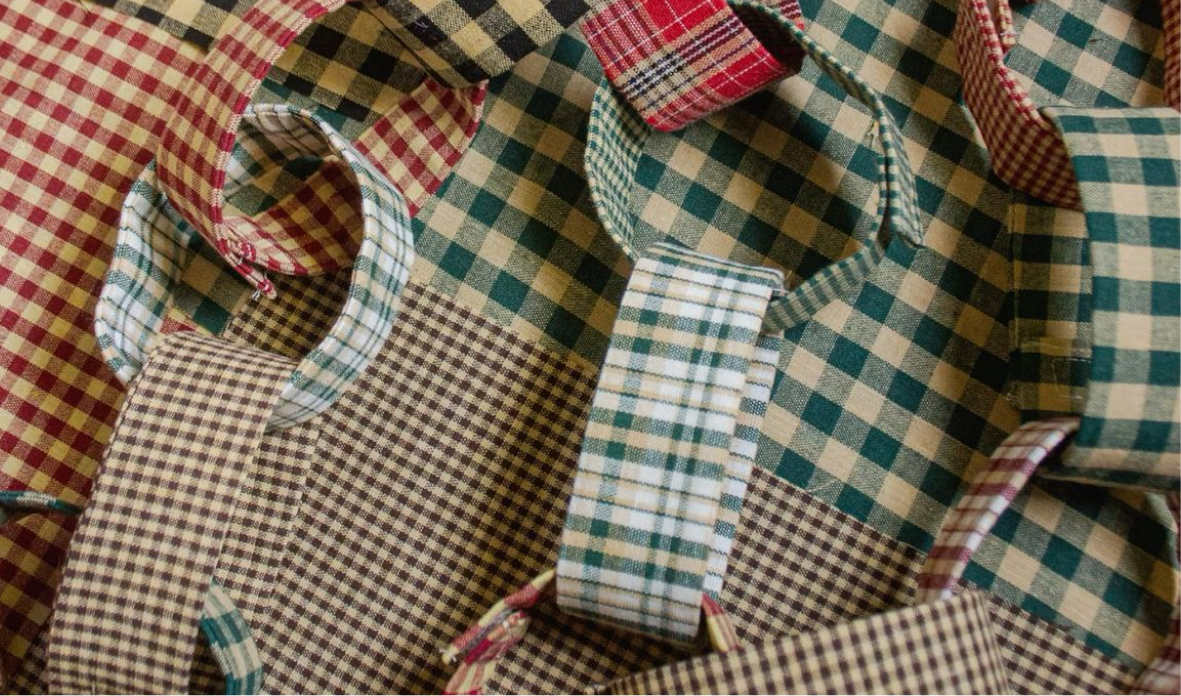What Is Fast Furniture?

Join the community





Cheap, trendy clothing that can be discarded after a few washes—this is the fast fashion model. Another industry shares this approach of mass-producing ultra-low-cost products designed for easy replacement: fast furniture.
Unlike earlier times when furniture was expensive and built to last, today's chairs, tables, and couches are often mass-produced and end up in landfills after just a few years.
The Fast Furniture Model
Mass-produced, relatively inexpensive, difficult to repair, and easy to dispose of—these are the hallmarks of the fast furniture model.
Brands like IKEA and Wayfair have perfected this model, and Amazon is attempting to replicate it with its in-house brands, such as Rivet and Stone & Beam.
Also read: Sustainable Alternatives to Amazon
These brands import this furniture from countries like China and optimize it for speed and lightness rather than durability.
They use cheaper materials like softwood frames, springs that aren't hand-tied, and lightweight foam cushions. This allows them to churn out tons of different designs and ship them across the globe easily.
But these furniture pieces don't last long. After just a year or two, you might find them cracking, springs popping out, and cushions going flat. A professor estimates that today’s fast furniture is designed to last five years.
These items also cannot survive a move, and when they break, the chipboard, upholstery, and metals all end up in the landfill trash. It's the price we pay for cheap, trendy furniture.
This results in overflowing landfills. In 2018, furniture accounted for 4.1% of landfill waste (12.1 million metric tons), compared to 2.2 million metric tons in 1960.
Sustainable Alternatives to Fast Furniture
A sustainable alternative to fast furniture is buying high-quality second-hand furniture. It's affordable, helps keep existing furniture out of landfills, and prevents more trees from being cut down to create new pieces.
These pieces are also healthier, as they're typically made from solid wood rather than particle board. Any volatile organic compounds from their manufacture or finishing have likely dissipated years ago.
{{cta-join3}}
Also, second-hand furniture adds warmth, comfort, and rustic charm to your space, qualities that fast furniture often lacks.
Also read: How to Pick a Sustainable Couch
Consider brands like Chairish and AptDeco that promote sustainable living through the resale of pre-owned and vintage items.
You can also explore rental furniture subscription services from brands like Fernish, which allows you to pay month-to-month for high-quality furniture items.
If you are looking to buy a new piece of furniture, check out sustainable brands such as Sabai, Mast Furniture, and Grain.












